Reflecting on the 2025 New York Folklore Roundtable: “It All Comes Back to the Circle.”
By Mackenzie Kwok
Each year, New York Folklore hosts its annual Roundtable, a gathering of folklorists, artists, and arts administrators from across New York and New Jersey. Artists, folklorists, and arts and culture workers alike all gather to share their professional updates, questions, and takeaways with the field.
This year’s Roundtable took place in Schenectady during the first week of May, at the same time we received news of massive cuts to grant programs from the National Endowment for the Arts. The Roundtable circle this year was a crucial space for all of us to support each other and imagine a path forward in unpredictable times.
The Roundtable began with a community quilting project. Each participant had a square of quilt and fabric markers to respond to the prompt: What do you create that helps others feel seen, remembered, or rooted? Throughout the gathering, Asiyah Kurtz, a quilter and anthropologist, stitched our responses together.
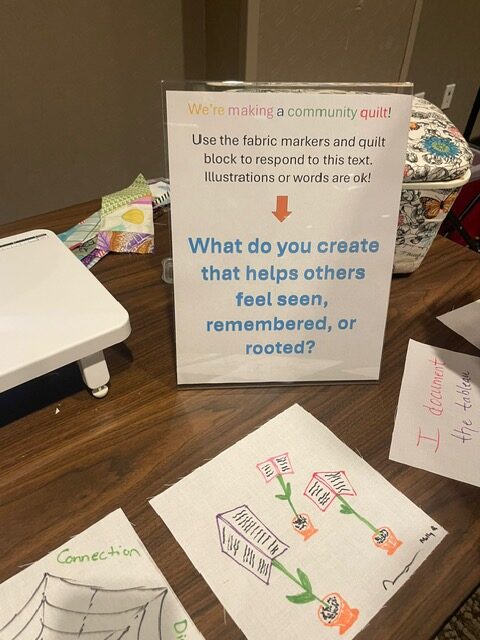
Display caption
Image: Asiyah Kurtz’s community quilting station with responses from New York Folklore Roundtable attendees. Credit: Mackenzie Kwok.
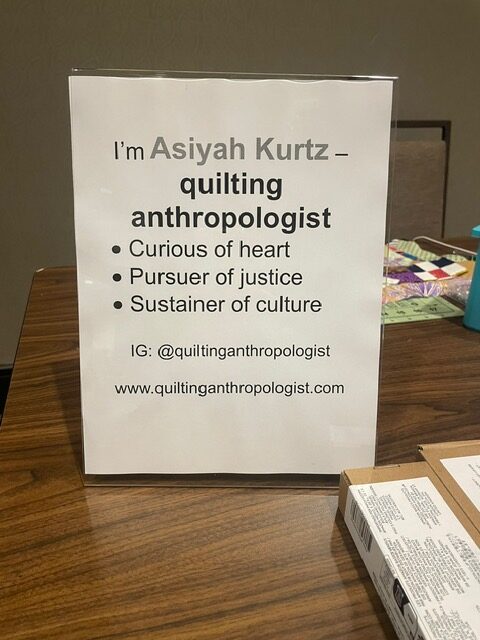
Display caption
Image: Asiyah Kurtz’s community quilting station with responses from New York Folklore Roundtable attendees. Credit: Mackenzie Kwok.
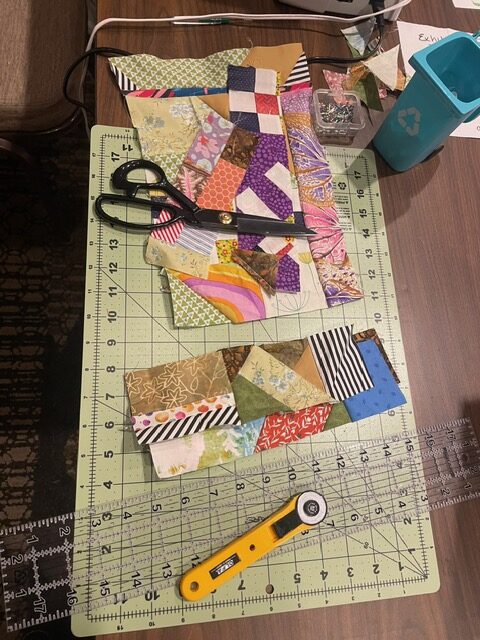
Display caption
Image: Asiyah Kurtz’s community quilting station with responses from New York Folklore Roundtable attendees. Credit: Mackenzie Kwok.
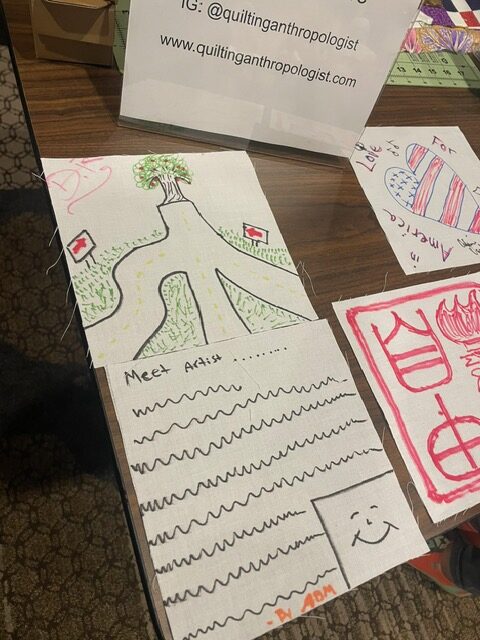
Display caption
Image: Asiyah Kurtz’s community quilting station with responses from New York Folklore Roundtable attendees. Credit: Mackenzie Kwok.
While Kurtz sewed together the community quilt pieces, attendees sat in a circle to share updates and presentations with the group. Artists like Mateo Cano and Maria Puentes Flores, of the ensemble Pulso de Barro, presented a few songs as they would in a classroom setting in collaboration with Local Learning, a network of folklorists, artists, and educators. The presentation by Cano and Puentes Flores demonstrated how the artists teach rhythms of Son Jarocho, a musical style from Veracruz, Mexico. The presentation allowed the musicians to both share their own arts practices, while showing how they would engage with audiences in schools.
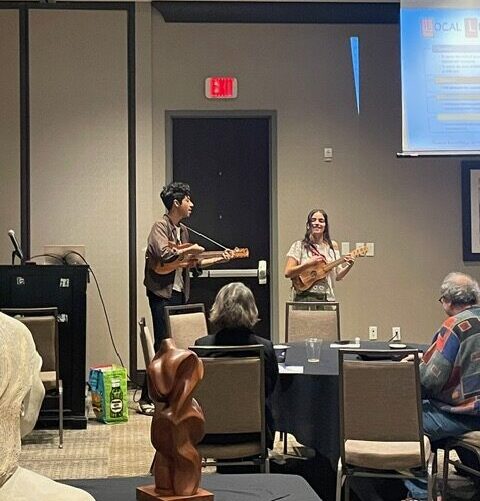
Display caption
Image: Mateo Cano and Maria Puentes Flores of Pulso de Barro presenting with Local Learning. Credit: Mackenzie Kwok.
The artists also reminded us of the existing legacies of many art forms in New York and New Jersey. African drummer Chief Baba Neil Clark reminded us that African drummers have lived and practiced in the Hudson River Valley for centuries, keeping its tradition alive while influencing other folk arts. Musician Clara Riedlinger shared how African drumming also heavily influenced Old-Time String music, alongside Native American dance and Scotch-Irish folk melodies. This music has been present in New York, not just the American South, and is a living testament to the existence of so many communities.
Artist presentations on the final night of the Roundtable made the abundance of creative and traditional practices clear. We heard from two storytellers celebrating the history and people of New Jersey. Valerie Vaughn told stories of the legacies of people in the New Jersey Pinelands. Michelle Washington Wilson shared a traditional story from Trinidad about how the trickster rabbit lost his tail.
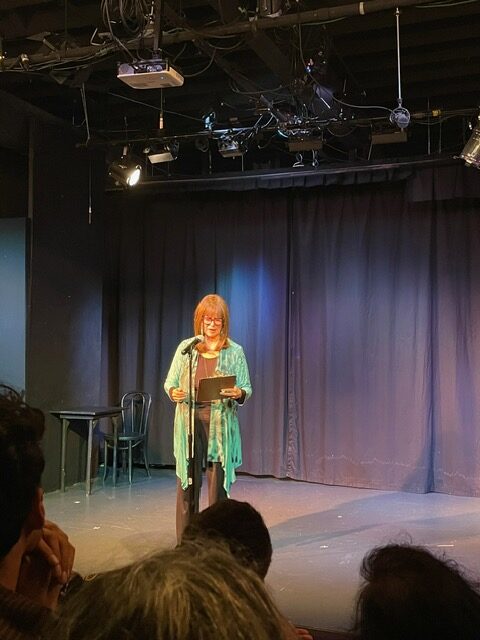
Display caption
Image: Valerie Vaughn and Michelle Washington Wilson performing stories at the artist spotlight. Credit: Mackenzie Kwok.
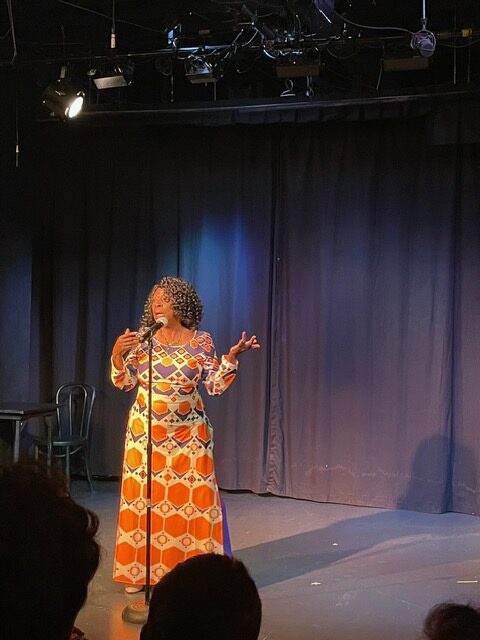
Display caption
Image: Valerie Vaughn and Michelle Washington Wilson performing stories at the artist spotlight. Credit: Mackenzie Kwok.
Jill Clause, a member of the Tuscarora Nation, Turtle Clan, shared the story of how Turtle Island (what many indigenous peoples call the land mass also known as North America) came to be. Audrey Davis-Dunning and Karen Miles led a brief demo of a traditional African dance from Mali, accompanied by Chief Baba Neil Clark.
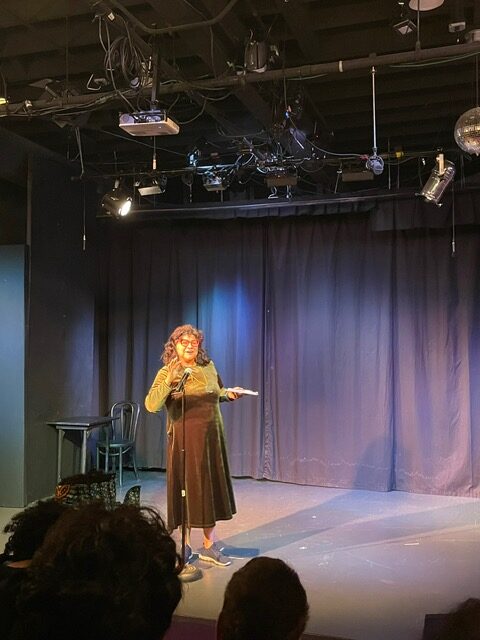
Display caption
Image: Jill Clause storytelling. Credit: Mackenzie Kwok.
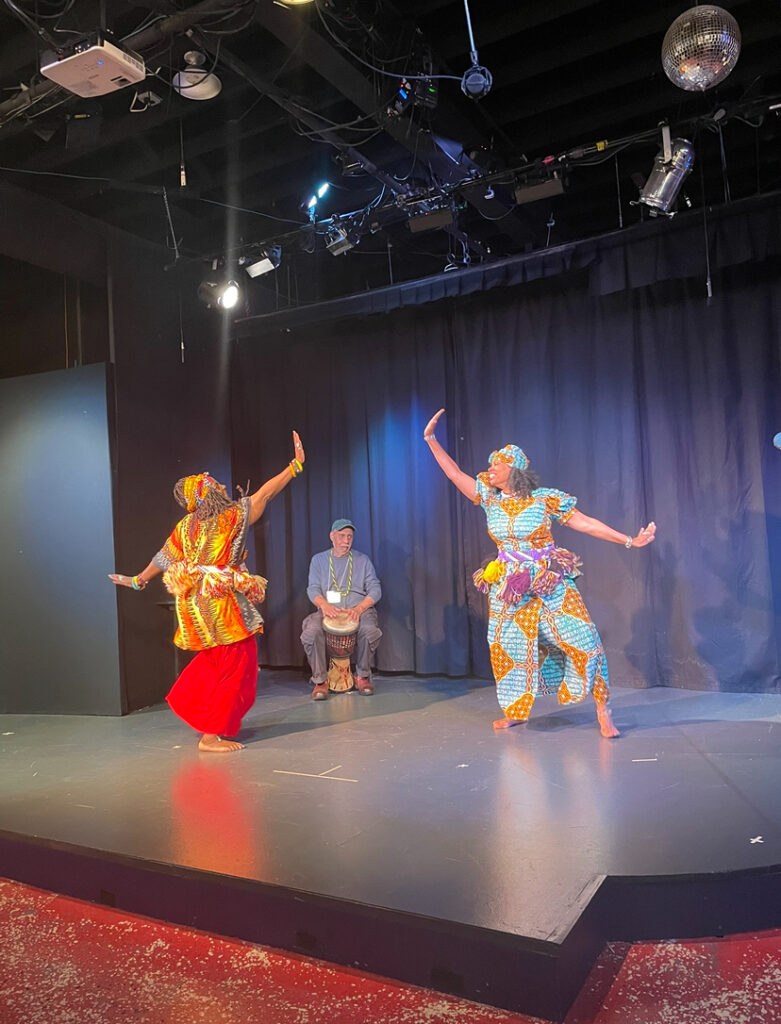
Display caption
Image: Audrey Davis-Dunning and Karen Miles performing with Chief Baba Neil Clark. Credit: Anne Rappaport.
The centrality of artist presentations alongside share-outs from folklorists and other arts administrators was incredibly valuable. They provided a platform for artists to share their work, and for arts workers to understand how folk arts can and should be presented in context.
On the final day of the Roundtable, Asiyah Kurtz presented our finished community quilt.
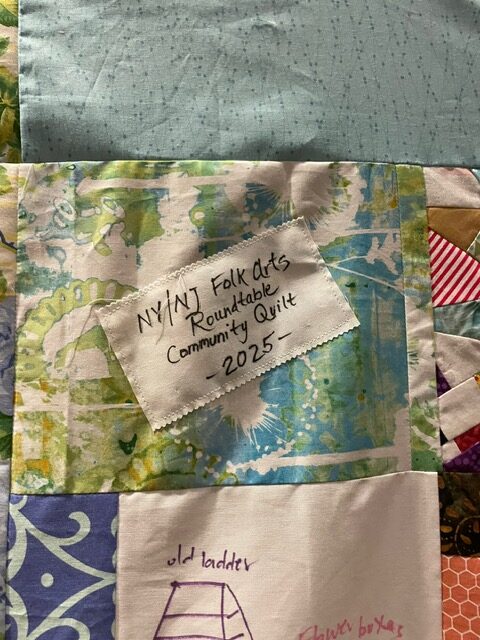
Display caption
Image: The completed 2025 New York Folklore Roundtable Community Quilt. Credit: Mackenzie Kwok.
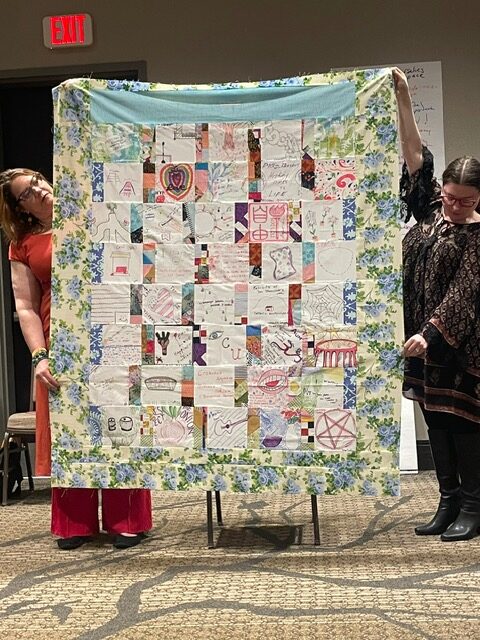
Display caption
Image: The completed 2025 New York Folklore Roundtable Community Quilt. Credit: Mackenzie Kwok.
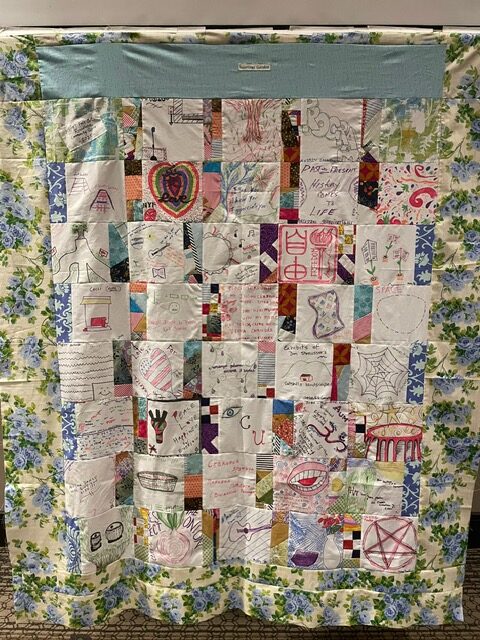
Display caption
Image: The completed 2025 New York Folklore Roundtable Community Quilt. Credit: Mackenzie Kwok.
The quilt represented what every person brought to the Roundtable: a sense of individuality formed by the traditions of our own lives, but strengthened as a collective.
One artist said, “This is what it’s all about. It all comes back to the circle.” In the midst of unprecedented anxiety and uncertainty in the arts field, she said, community is the way forward.